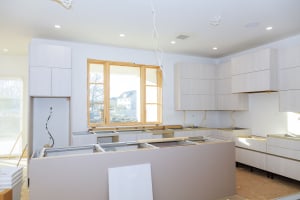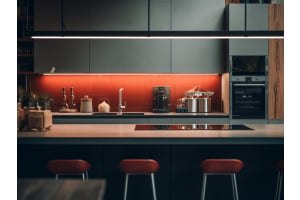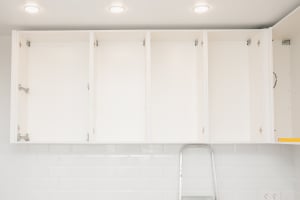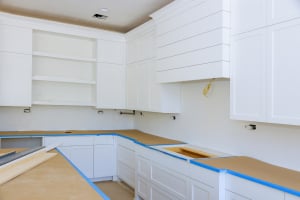If you’ve ever wondered why a room in your home seems a little off, it may not have what designers refer to as “balance.” Balance and harmony are achieved by making sure that there are four vital elements present: color, texture, pattern, and lighting. You can remodel any room by keeping these fundamentals in mind. Here we look at how to fix common balance issues using wood panels and other design elements.
Do you have a room that seems sterile or a bit harsh? Does it look cold in photographs? This can result from using too many smooth textures or from having only overhead lights. Smooth textures include metals, glass, and anything reflective. A room becomes warmer simply by adding natural wood textures throughout or by adding wall, table, and floor lighting. Wall panels in a clear finish add rough texture and warmth; they can also tone down a colorful room so that the room is less visually chaotic.
On the other hand, do you have a room that seems too casual? Do you wish the room looked sleeker and neater? You may have too many rough textures in the room and need to add glossier, light-reflecting surfaces. Examples of rough textures include carpet, rugs, and brick. By adding glossy or metal items, your room will present a more chic vibe. Wood panels in a glossy finish will reflect light throughout the room and add just a hint of formality.
When hung on suspension fittings, wood wall panels create a subtle checkerboard pattern on the wall. Although the vertical and horizontal lines are understated, the lines between panels add life to a room. The resulting pattern is a design element that is noticed at a subconscious level.
For smaller rooms and walls, choose smaller individual panels for better scale. For larger rooms and walls, choose larger scale panels. For a dramatic effect, choose wood paneling in a shade that contrasts with the rest of the room (ebony panels in a white room). For a softer, monochromatic effect, choose wall panels that blend with the room (light wood in a beige room).













